Learn how to render tallow at home in just a few easy steps so you can make your own skin care items, soaps, salves and much more!
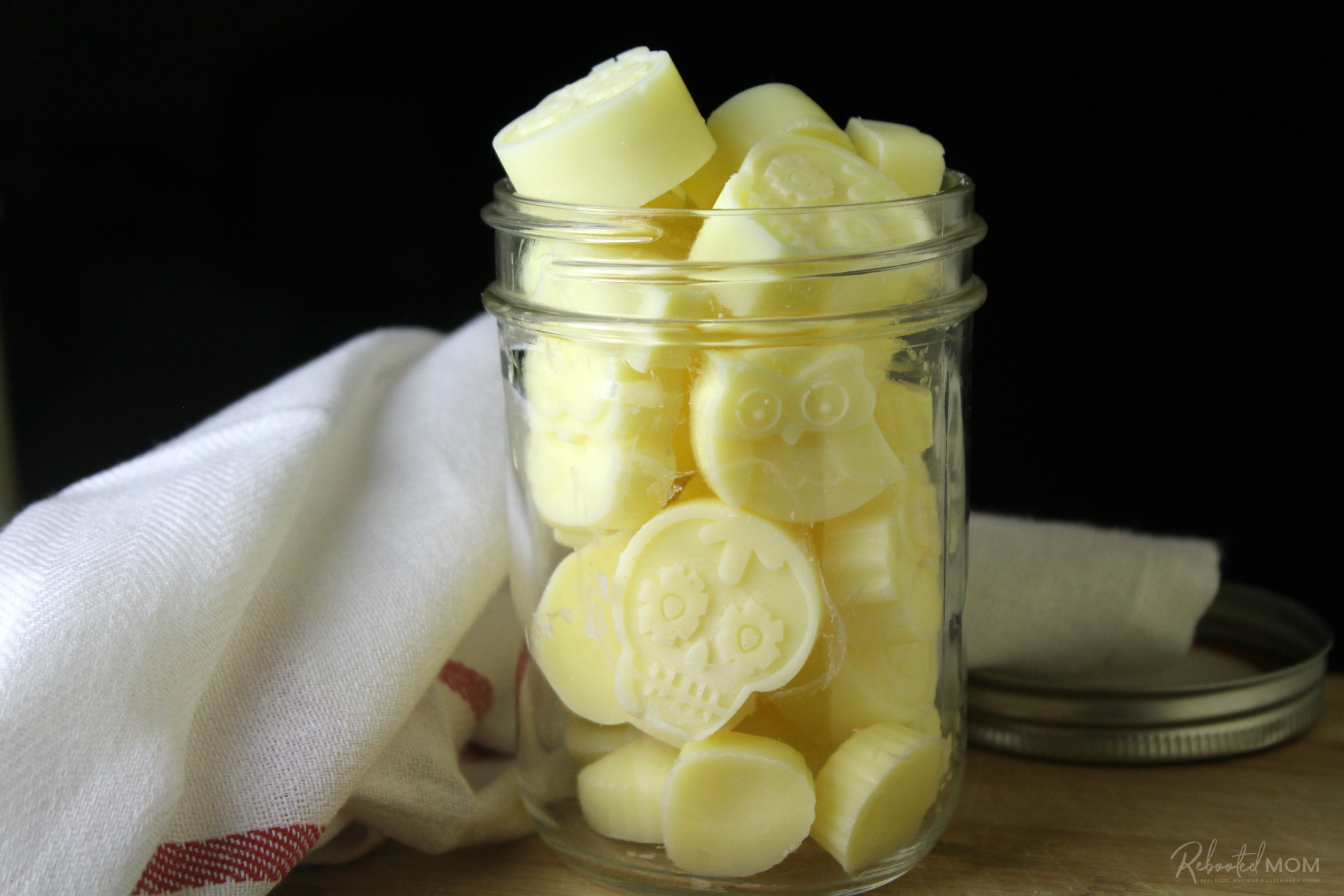
Rendering tallow almost sounds like a very pioneer thing to do. If you happen to mention it to your friends or family, you’ll probably get a wide variety o f reactions (confusion, shock, disgust even.. it all depends!)
Many of them may not understand how the process works, and confused as to why anyone would even want to do such a thing.
But first.. what is tallow?
Tallow is rendered fat (suet) that surrounds the kidneys/organs of a cow, deer or bear. Once a cow is butchered, the tallow separates from the tissues (muscles/ligaments, etc) and turns into a colored oil. It’s then sifted/strained through a fine filter to remove impurities, and cooled.
It’s the same thing as lard, except it comes from a cow instead of a pig. It’s a healthier alternative to vegetable oils and has a high smoke point which makes it wonderful for frying things. Grass-fed tallow is a beautifully healthy fat that’s rich in vitamins A, D, E and K making it incredible for skin as well.
It’s also rich in the fatty acid called CLA – conjugated linoleic acid, which helps support healthy brain function, fat loss and cancer prevention.
Tallow was highly popular long before supermarkets became a source of regular weekly shopping trips. Families used what they had available in their homes for making personal care items like soap, candles and skin creams/salves.
Grass-fed or grain-fed tallow – what’s best?
If given an option between grass fed and grain fed tallow, grass-fed is always a better option. Many toxins are stored in grain-fed animal fat, which, in turn, can end up in your food or skin care products. Another thing to think about is that antibiotics and unwanted substances given to cows are often times stored within their fat (suet).
Grass-fed beef is a significantly better option. Cows that graze on pasture reap higher levels of vitamin A, D, E and K because of the sunshine that they are exposed to through the day.
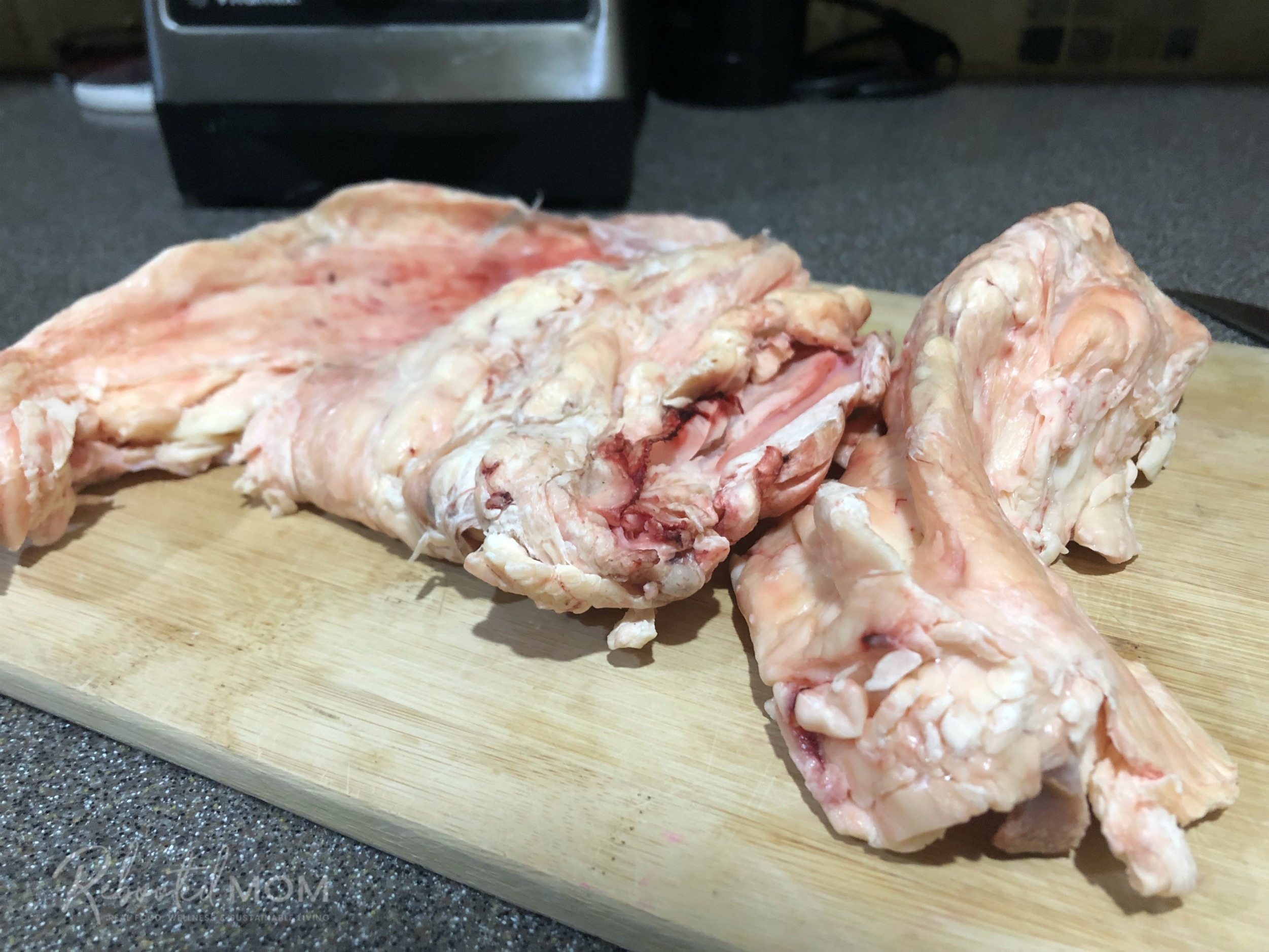
I’m fortunate enough to source my beef fat from a farm who raises cows on pasture in southern Arizona (part of the EatWild directory). You can use that same directory to find someone near you as well.
5 Uses for Beef Tallow
The wonderful things about tallow is that it can be used so many ways.
- Making your own candles
- Nourishing skin balm – tallow is incredible for skin and you can use it to make tallow balm or whipped tallow body butter, both highly nourishing for skin.
- Tallow soap or your shampoo bars
- Cooking, baking or frying foods – use it just like you would butter
- Making your own herbal lip balm
Rendering tallow is not difficult at all. It does take time though – but most of the time is very much hands-off making it something anyone could easily do at home.
There are two methods of rendering tallow. The first requires water to be added to the pot (wet rendering), while the second does not (dry rendering).
How to Render Beef Tallow
What you’ll need:
- grass-fed beef suet (use the EatWild directory)
- slow cooker
- food processor
- cutting board/sharp knife
- jars
- silicone molds (I picked mine up on Amazon but you can also use ice cube trays too)
Before you get started, throw your beef fat in the refrigerator the night prior – it makes it much easier to handle. Once you get up, pull it out and cut it into chunks that are easier to manage. It’ll take a bit of time to trim off the bits of meat and gristle.
If you are using suet (fat from around the kidneys), you may have less trimming.
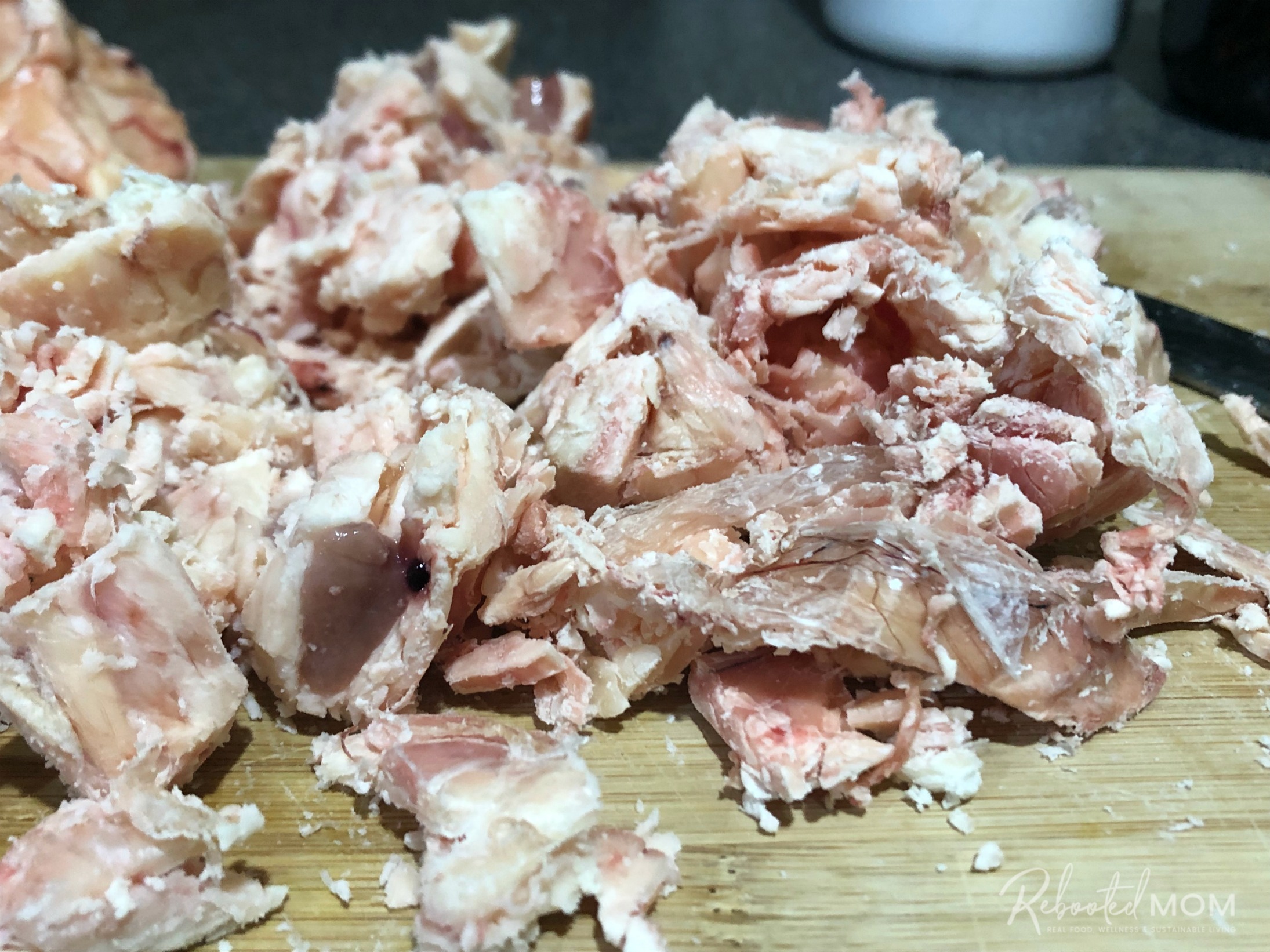
My beef fat had a sort of wrapping around it (quite similar to cellophane). Try to pull off as much as you can and then move on because you won’t be able to get it perfect.
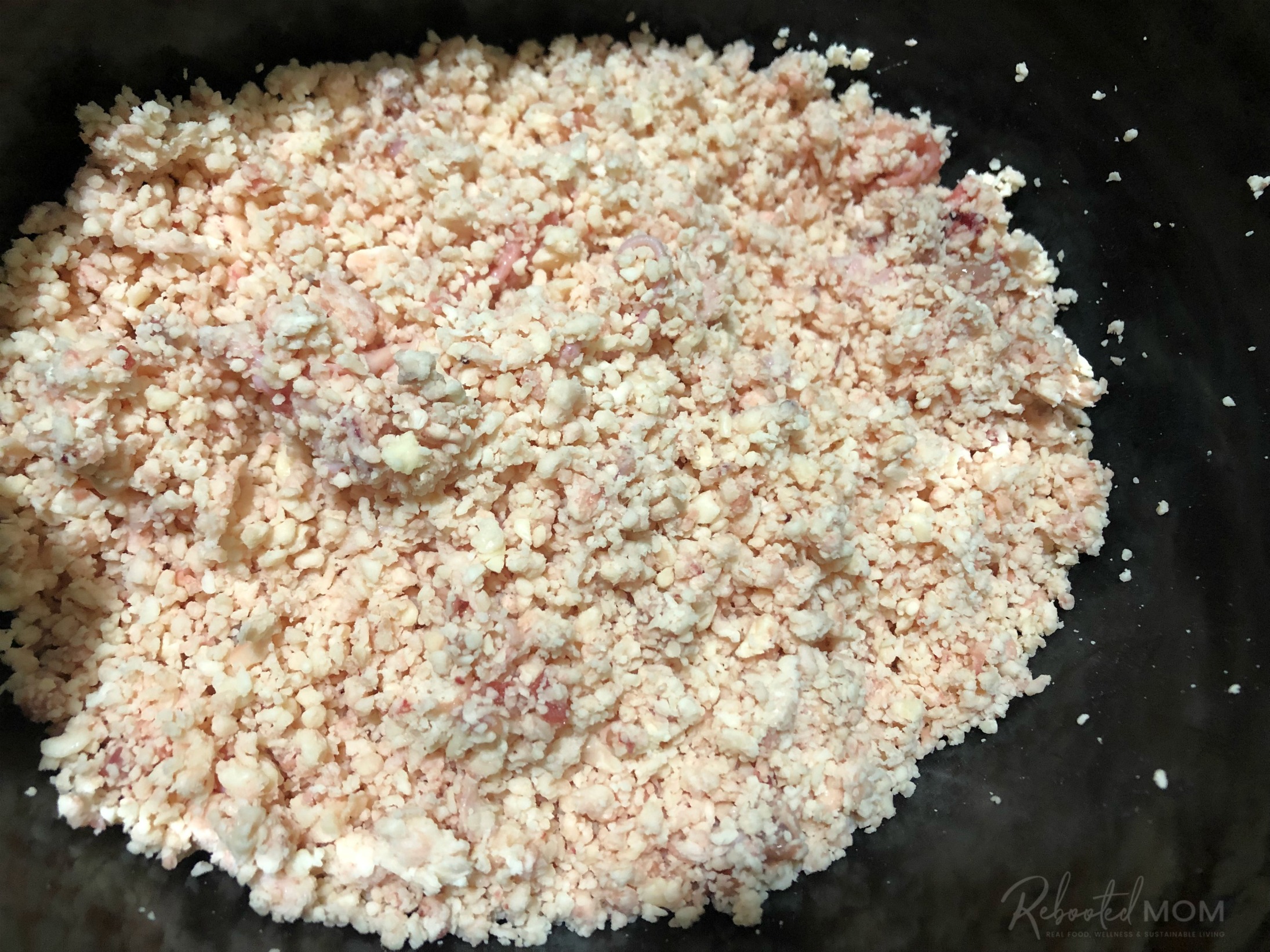
Once your meat is cut into manageable chunks, run it through your food processor. That processor will shred it rather quickly into s mall pieces. Having them smaller will help them render much faster.
Then dump the shredded beef fat into your slow cooker and top with a lid. Melt that at the lowest of heat. You may want to start on “keep warm” but eventually turn it on low. You won’t want to go higher than low because you risk burning the fat.
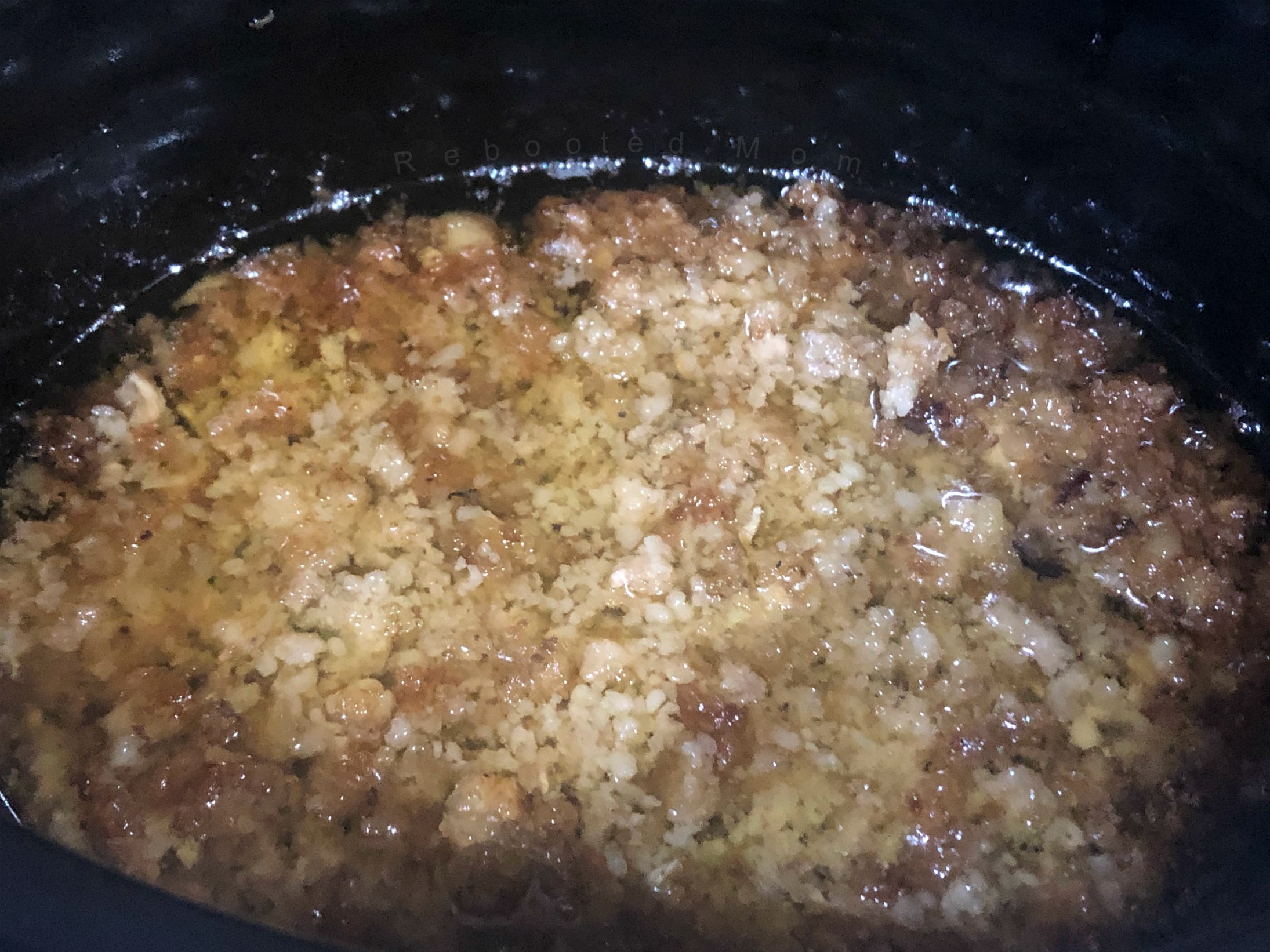
Over the next 4-6 hours it’ll render down. Your impurities will rise to the top and get rather crispy. When I render I fill my 6 qt slow cooker to the top and it usually takes anywhere between 6 and 7 hours.
Strain the fat
You’ll know when it’s done when the majority of the fat has been rendered down and it’s a clear liquid at the bottom. Strain the tallow through a tightly woven cheesecloth or piece of fabric that has been nestled in a colander.
Catch all of the gristle that didn’t render down and give to your pets (or toss).
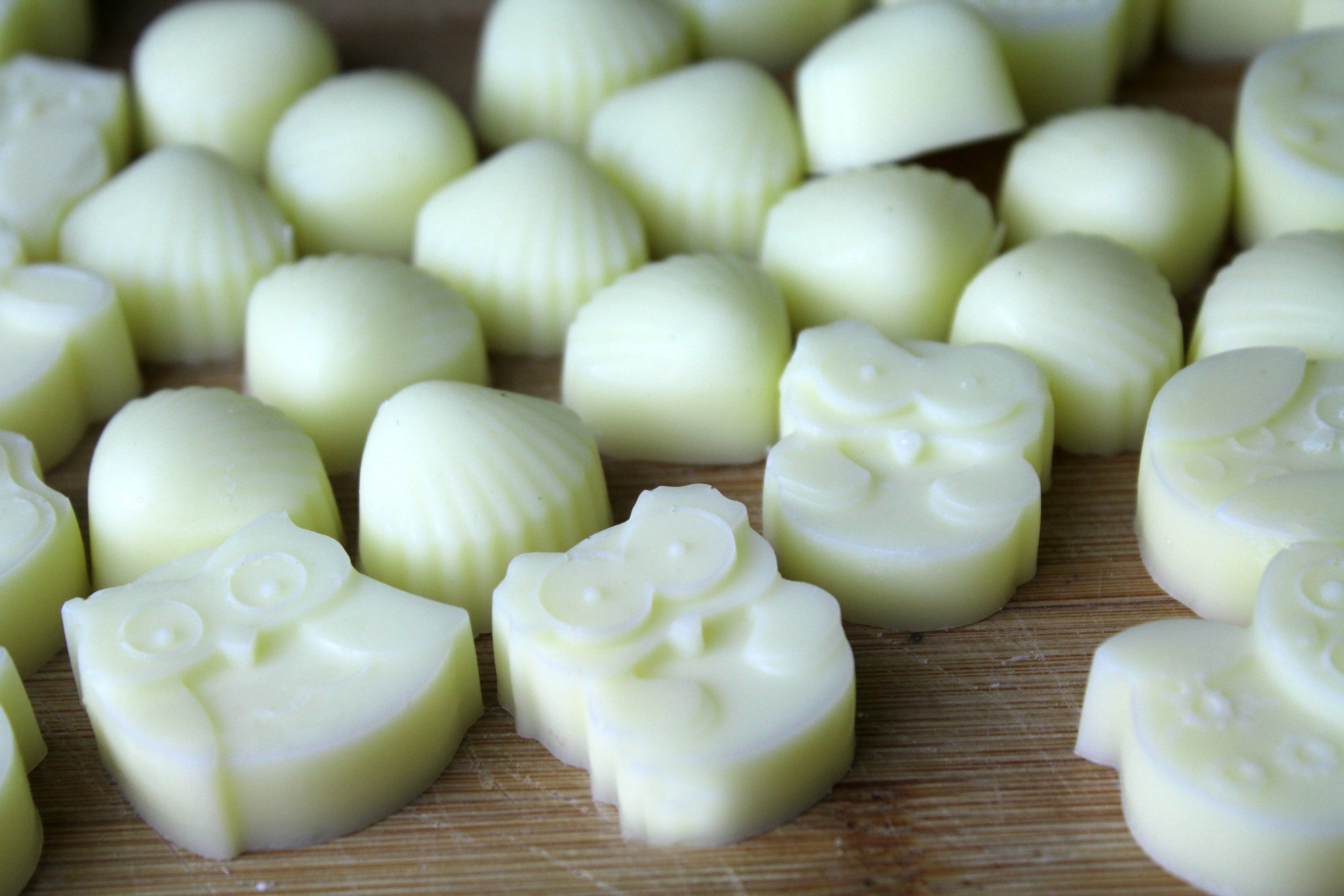
Pour that fat into your jars or silicone molds, ice cube trays, etc. Or, line a baking pan with parchment and pour the fat in there.
Allow it to harden completely (if you are using molds you may want to stick them in the freezer or fridge to speed up the process).
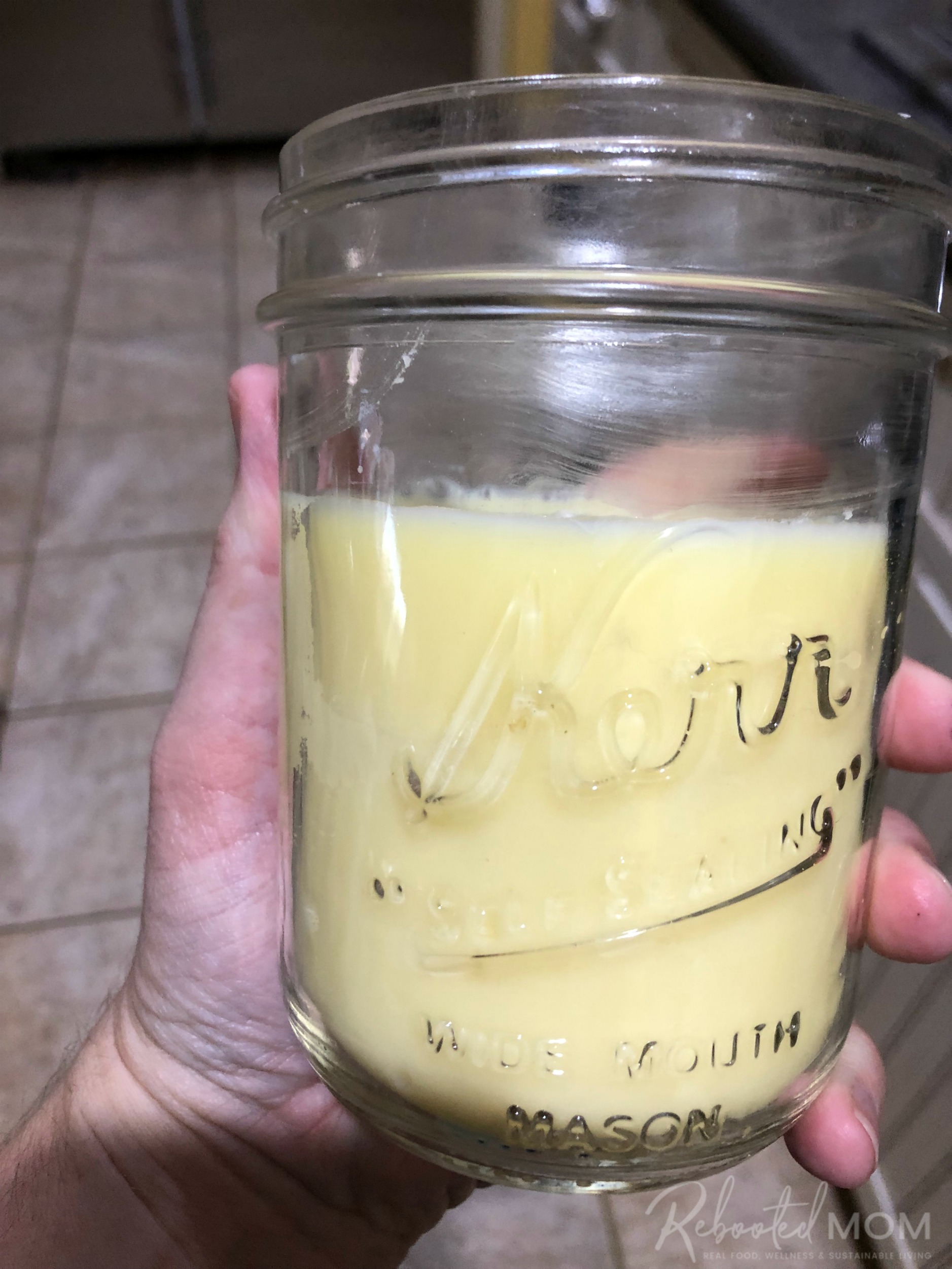
Let it cool
Your tallow will turn a creamy white or a bright yellow as it cools. If your tallow comes from a beef-breed animal (like an Angus or Hereford) then your tallow will turn to a creamy white. But if your tallow comes from a dairy-breed animal then it will cool to a beautiful yellow. (Both are just as valuable as each other).
Once your tallow has hardened, you can store in the fridge or freezer. If you poured it into a large pan, just break it into pieces. If you froze in molds, just pop them out and store in a bag in the fridge or freezer.
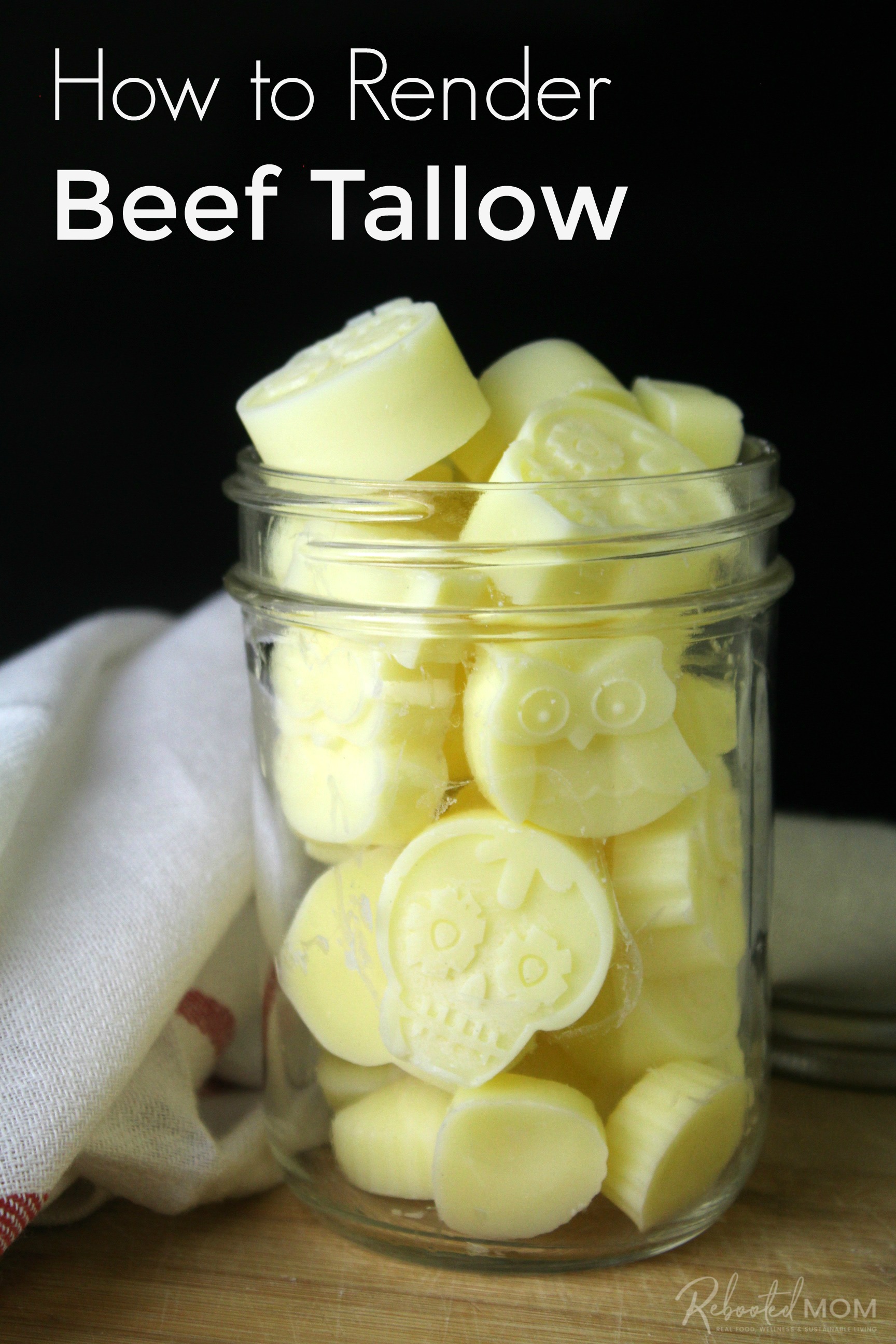
You can keep it in your cool pantry, but if you are looking for a longer storage option, cold storage is your best bet. When stored in either fridge or freezer, it can keep well past a year (if not longer).
Having your tallow in smaller portions (cubes, molds, etc) is easier because you can pull one out when you need to.
Use your tallow to make handmade soap, body butter, lip balm or fry up your favorite french fries recipe.
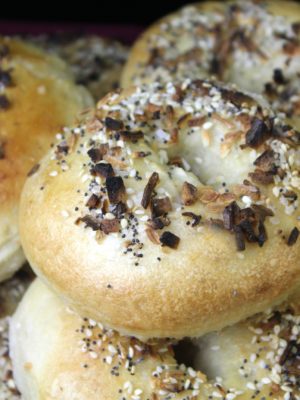

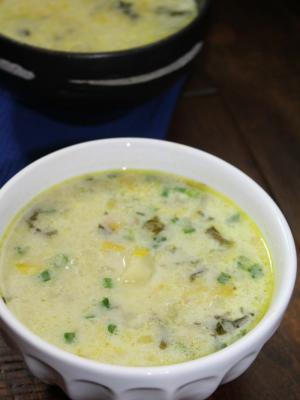
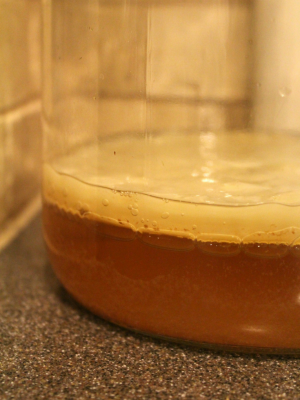
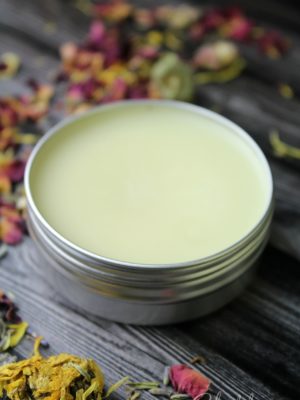
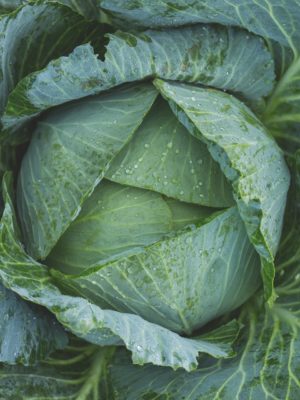

Leave a Reply